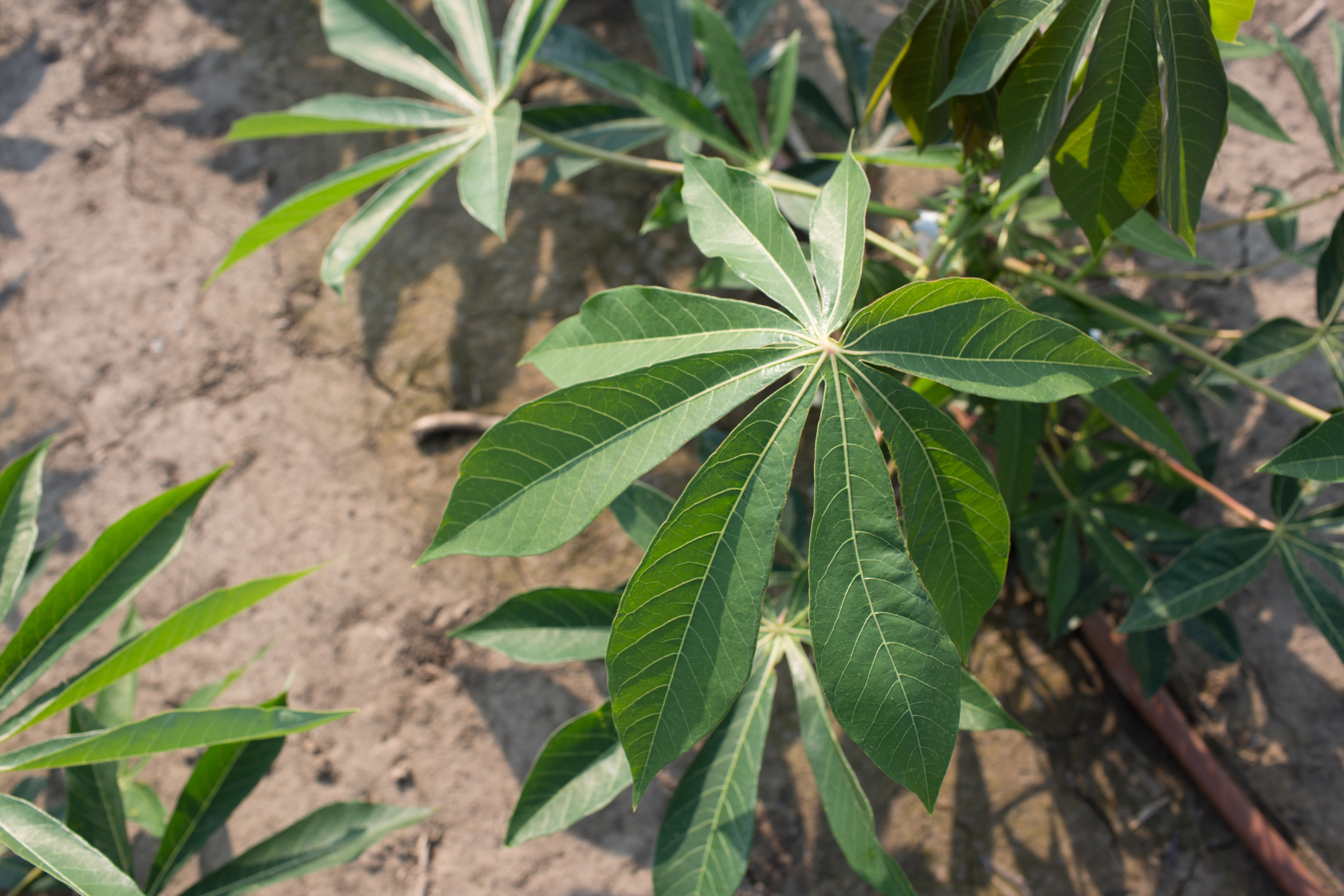RIPE research proves potential for measuring root biomass throughout growing season

A team from the University of Illinois has proven how important it is to monitor the biomass of root crops throughout the season rather than relying on end-of-season measurements to analyze growth. Using ground-penetrating radar (GPR), the researchers analyzed the storage roots of cassava grown at elevated CO2 levels at four different points in the growing season. This continuous tracking of cassava root development hadn't ever been done before under a system that simulated in the field future CO2 conditions, obtained by the use of free-air CO2 enrichment technology.
“This research is helping us understand better what happens with roots, in this case, cassava storage roots, through different stages of the plant,” said Ursula M. Ruiz-Vera, a former postdoc, currently a senior scientist for controlled environment plant facilities for Bayer, who led this work for the Realizing Increased Photosynthetic Efficiency (RIPE) project. “There hasn’t been a study that has done this root characterization under elevated CO2 conditions when grown in the field.”
RIPE is an international research project that aims to increase global food production by developing food crops that turn the sun’s energy into food more efficiently with support from the Bill & Melinda Gates Foundation, Foundation for Food & Agriculture Research, and U.K. Foreign, Commonwealth & Development Office.
The study, recently published in Plant, Cell & Environment, focused on the potential of using the GPR technology to monitor and phenotype roots and on the effects of CO2 on storage root biomass in cassava at different stages of growth. Cassava is a root vegetable grown mostly in tropical regions in Africa, South America, and Southeast Asia. Because of its importance as a food crop, it is important for farmers to know the biomass of the cassava root so they can predict what their harvest will look like. The research, conducted by Ruiz-Vera and her team, took place in Illinois in dense soil. This presented a challenge to the team because these kinds of soils are not ideal for the propagation of the radar signal. Ruiz-Vera believes that in the sandy soils that cassava is generally planted in, GPR could provide even more precise data for root monitoring.
“The radar worked well here in Illinois,” Ruiz-Vera said. “But it would be interesting to see how this technology works on the soils where cassava is typically cultivated and see innovative ideas for how this technology can be improved for root phenotyping.”
The team also found evidence that CO2 may accelerate the bulking rate, or the beginning of root growth and result in a higher-end mass. In addition, in all five of their test cultivars, roots under elevated CO2 had lower water content, meaning the CO2 had altered the composition of the root itself.
“We need a better understanding of the effects of elevated CO2 on roots. Compared to the number of studies we have for the above-ground part of the plant, the studies on roots are limited, even though they are more important for root crops,” she said. “The GPR technique also needs further development to understand its limitations for monitoring in the field, because while it shows promise, it is not yet an easy-to-use and analyze technique”.
The RIPE project and its sponsors are committed to ensuring Global Access and making the project’s technologies available to the farmers who need them the most.